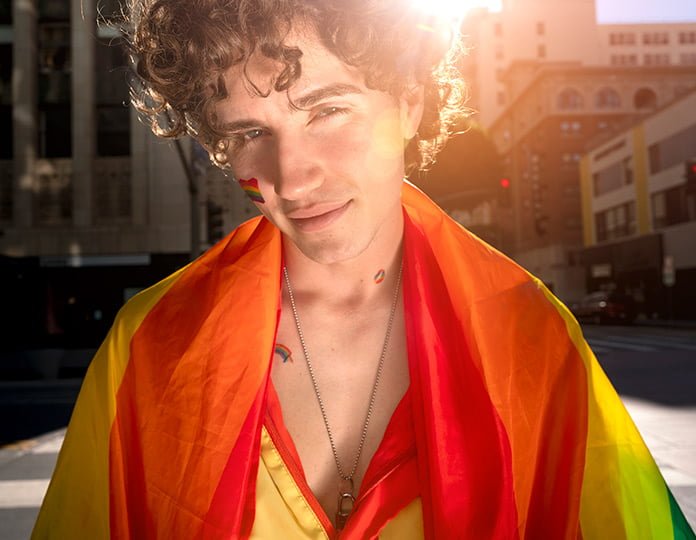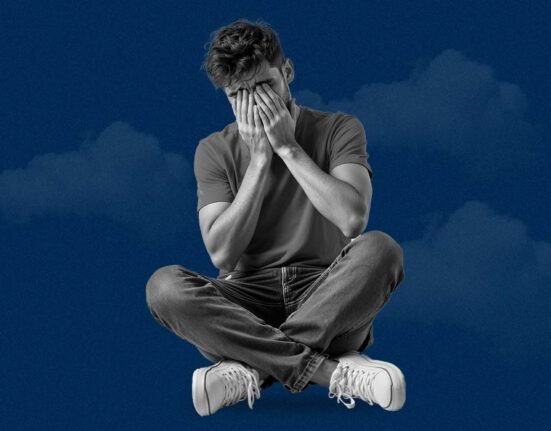We dedicate the month of June to LGBTQIA+ Pride Month in order to increase awareness of, celebrate, and remember a variety of groups. Currently, in 2023, LGBTQIA+ encompasses lesbian, gay, bisexual, transgender, queer, questioning, intersex, asexual, and other unknown but expanding identities. To put it simply, LGBTQIA+ embraces a variety of gender and sexual identities.
One of the hallmarks of this community is Pride Month in June. The word “pride” is an acronym that stands for ‘Personal Rights in Defense and Education’. This month marks a special place in history. As a result of the Stonewall riots in the United States and their expansion globally. This month honors the rights of the LGBTQIA+ community and celebrates its culture. The following article glances into the origins of Pride Month and its celebration across our country, India.
Origins
The idea of Pride Month originated in North America and Europe in the early 1900s with the establishment of homosexual and lesbian organisations. Like the Society for Human Rights by Henry Gerber and others. After World War II, various newsletters voicing out against the discrimination faced by gays and lesbians began gaining recognition across America.

Despite the formation of organizations and communities, there wasn’t much progress until the Stonewall riots in the United States. On June 27, 1969, a series of riots took place for gay liberation, labelled the Stonewall riots. The riots are thought to have started as a result of police invading the Stonewall Inn. A homosexual pub in Lower Manhattan, New York City. The six-day riots ended on July 2, 1969, with a lasting impact worldwide. A year after the protests against the police raid, the first pride marches began in American cities.
The celebration of “Christopher Street Liberation Day,” which commemorates the first time gays openly campaigned for liberty. While resisting police attacks in Stonewall Inn, included the marches. It has been reported that the early marches in these parades muted or excluded transgender persons and people of colour.
As the years passed, these marches continued. Various pivotal moments contributed to its development. In 1999, President Bill Clinton officially proclaimed Gay and Lesbian Month to be in the month of June. In 2011, President Barack Obama widened the acceptance of bisexuals and transgender persons. He emphasized the inclusiveness of Pride Month, leading to further growth across time.
Today, pride festivals are mostly conducted in metropolitan areas in certain nations. While the idea is still frowned upon in others. Due to unfavourable weather, certain pride festivals take place in other nations, such as the Southern Hemisphere, in months other than June.
Origins in India
The Indian Penal Code (IPC), notably Section 337, is where the history of Pride Month in India begins. Despite the Indian Constitution’s Article 14 supporting equality for everyone and India’s independence from the British Empire. The British continued to criminalise homosexuality.
The first known gay rights protest in India after independence started at police headquarters in Delhi’s ITO area. On August 11, 1992, the AIDS Bhedbhav Virodhi Andolan (ABVA) organization stood up against the action of police who arrested men from Central Park in Connaught Place on suspicion of homosexuality. They filed a public interest litigation (PIL) in the Delhi High Court against Section 337 of the IPC. In addition, they had also created a sensational pamphlet called ‘Less than Gay’ in 1991 about harassment faced by the queer community in India. On July 2, 1999, campaigners held the Kolkata Rainbow Pride Walk, the first-ever Pride Parade in South Asia, as part of the ongoing fight against Section 337 of the IPC. In the 21 cities throughout India after that march, activists have organised several such marches.

The battle to decriminalize Section 377 was an up-and-down roller coaster. The Indian Constitution’s basic rights were flagrantly violated in the 2009 Naz Foundation case in NCT Delhi, when the court found that treating homosexual relationships between consenting adults as a criminal is against the law. The court reversed this ruling and restored Section 377 of the IPC in 2013, nevertheless. Shashi Tharoor tried to present a measure to decriminalise homosexuality in the Lok Sabha in 2015.
but it did not gain enough votes to succeed. Later in 2017, things became better when, in the Puttaswamy case, the right to privacy became a fundamental right for Indian citizens. As Section 377 of the IPC violated Articles 14 and 24 of the Indian Constitution, the court ruled on September 18, 2018, that it was completely unconstitutional. This led to the decriminalization of homosexuality among consenting adults. It’s vital to keep in mind that Section 377 continues to apply to the prohibition of bestiality, non-consensual sexual conduct, and homosexual actions involving children.
The state of LGBTQIA+ people in India needs further improvement. As of now, most members of the ruling BJP support same-sex marriages. But the Union government has rejected this idea. According to the Centre, such recognition can cause havoc in our society, and it considers this to be an “urban elite” issue. The Union ministers have also stated that Parliament should deal with this matter and not the Supreme Court.
The iconic parades of India
The notion of LGBTQIA+ can be found in the ancient texts and illustrations of India. In addition, the peaceful protests conducted in the USA, North America, and Europe have led to the development of these rainbow-colored marches in India. Pride Month is celebrated in urban cities in India in June, with awareness spreading to the remaining parts of the nation. The need for this change has created vibrant popular parades in India, with a few listed below:
- Delhi Queer Pride Parade
- Chennai Rainbow Pride Parade
- Bengaluru Namma Pride March
- Kolkata Rainbow Pride Walk
- Chandigarh Pride March
- Queer Azaadi Mumbai Pride
- Awadh Queer Pride Parade
- Pride de Goa
- LGBT Pride Summit
In conclusion, with increasing growth of LGBTQIA+, evolving Pride celebrations and increasing awareness towards to our Indian history, it is essential to learn more about the issue before making any decision. The following article gives you a brief outlook into Pride Month and hopes that you will further research into this matter before deciding to support or oppose the Pride Month.













Leave feedback about this